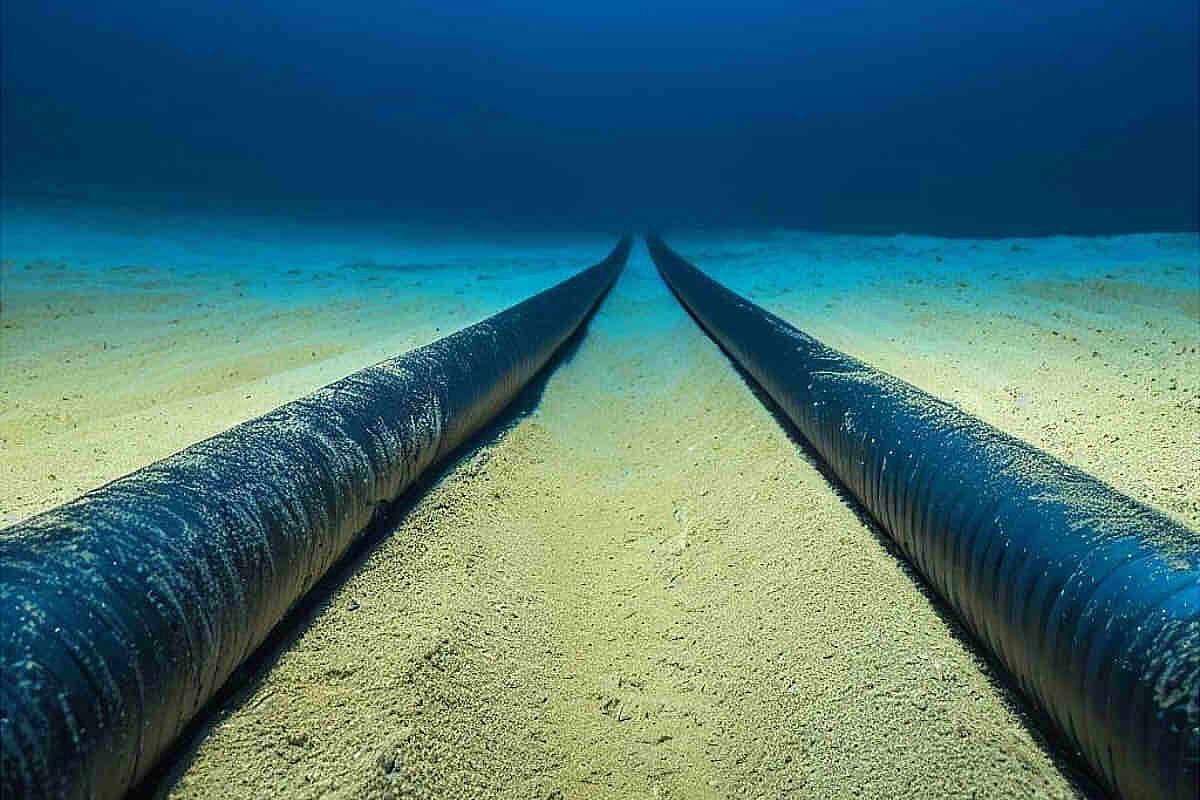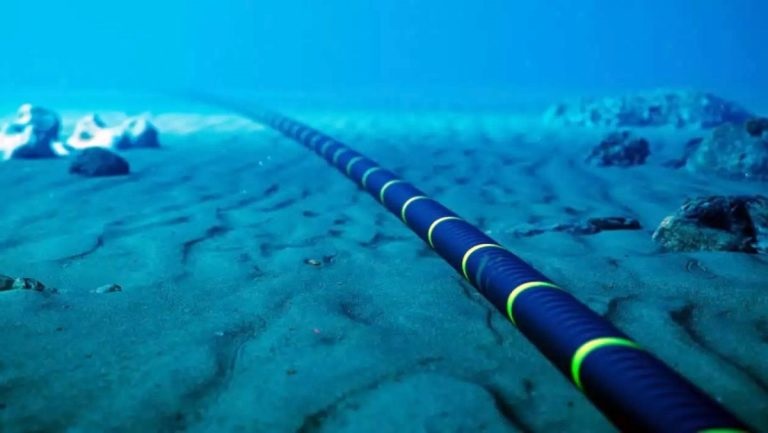Undersea Intrigue: The Houthis and Disrupted Internet Cables

Watan-Bloomberg revealed that submarine internet cables off the coast of Yemen, connecting Europe to India, have been disrupted. The telecommunication company responsible for them must find a way to repair them in a war zone.
Briarish Padayachee, the Chief Digital Officer at South African company Seacom Ltd, which owns the cable, stated that the company discovered a fault in the cable on February 24.
It is estimated that the fault, located at depths between 150 and 170 meters, occurred in an area where the Houthis target ships with drones and missiles.
The agency noted that this incident highlights the vulnerability of vital submarine infrastructure, especially in the Red Sea, which houses about 16 cable systems connecting Europe to Asia via Egypt.
While Seacom managed to quickly reroute internet communications to alternative cables, it must find a way to overcome the challenge of repairing the cable in a war zone, according to Padayachee.
The company is collaborating with a cable repair company owned by the Emirates Telecommunications Corporation to study how to secure the ship that will undertake the repair and whether it will need military or armed protection. Padayachee said, “A potential cessation of hostilities in the region might provide a good opportunity for repairing the fault.”

The Houthis have previously threatened through social networks to sabotage vital submarine cables, but there is no evidence suggesting their success in doing so.
According to the International Cable Protection Committee, the majority of cable faults result from fishing equipment such as fishing nets or anchors dragged along the seabed. Padayachee stated, “It is premature to know if this was an act of sabotage; we won’t know if someone has severed the cable until we retrieve it.”
Since the start of Houthi attacks in the Red Sea, there have been widespread concerns that targeting submarine cables could lead to widespread paralysis.
Major global communication arteries pass through the depths of the Indian Ocean and the waters of the Arabian Sea, originating from India, along the coasts of the Arabian Peninsula, through the Red Sea, the Suez Canal, and then the Mediterranean Sea and European shores.
Experts estimate that at least 95% of international data and communications flow through the depths of the seas. This is crucial as it represents global information security and citizen services across all continents.
International Concerns
The American magazine Foreign Policy previously stated that while most concerns were focused on the impact of Houthi attacks on ships traversing the strategic maritime passage, including commercial shipping and energy flows through the key transit point between the Suez Canal and the Indian Ocean, concern is now focused on potential threats to underwater infrastructure that has, in recent years, become a battleground in the gray zone of the region.
The magazine pointed out the “vast amounts of data and money flowing between Europe and Asia via a bundle of fiber-optic cables stretching through the area where the Houthis are most active.”
It confirmed that over 99% of intercontinental communications pass through submarine cables, not limited to the internet but also including financial transactions and transfers between banks. Additionally, many defense administrations also rely on cables.






